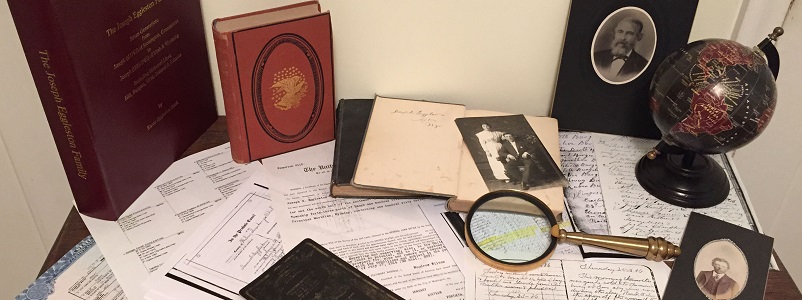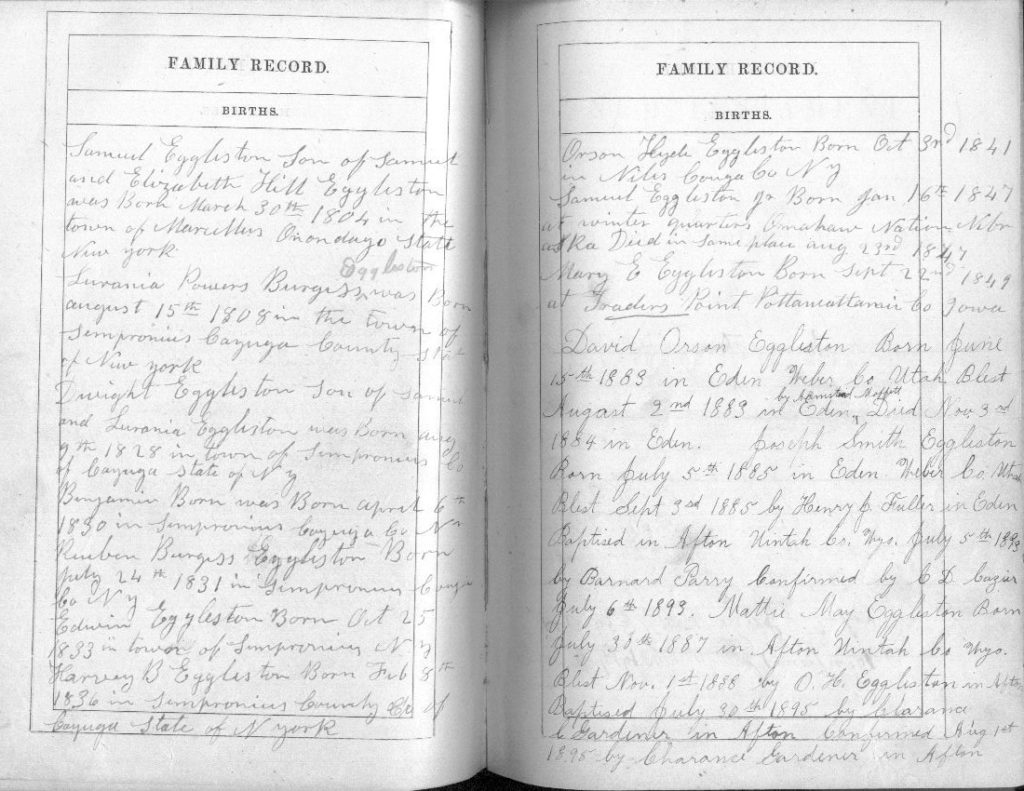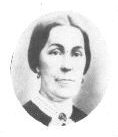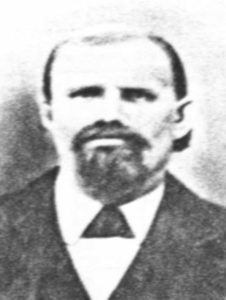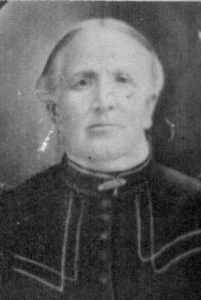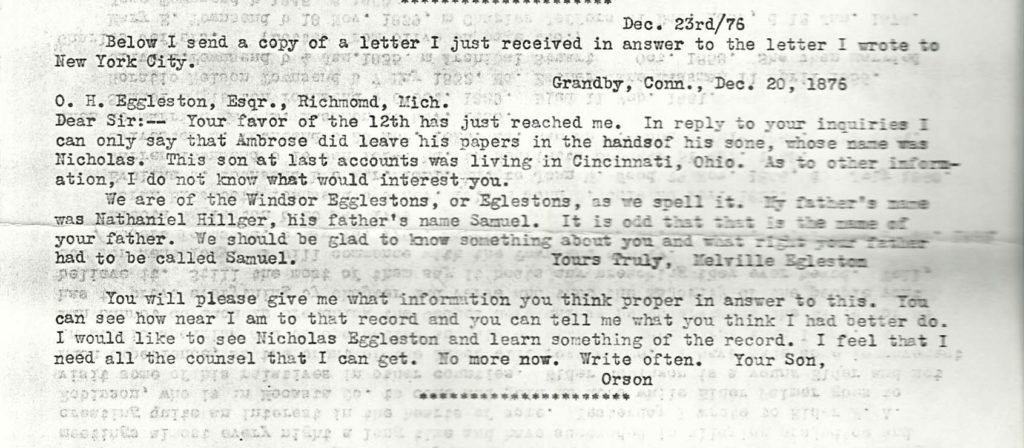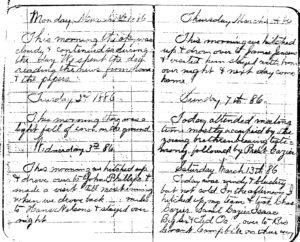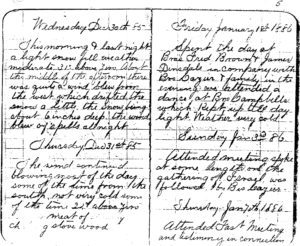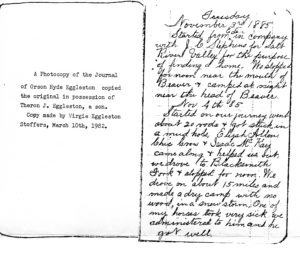On to Nauvoo, Illinois
The 2001 Eggleston Genealogy Odyssey continued after our visit to Winter Quarters and Council Bluffs, Iowa. After spending the night at a campground called “Sleepy Hollow”, Dad and I started early Monday August 5, and drove a few hours south from Iowa City. We crossed the Mississippi River on a Bridge by Fort Madison and drove into Nauvoo, Illinois from the east. What we saw was a small town on the bluff with some shops and houses and then right in front of us was the Nauvoo Temple under construction.
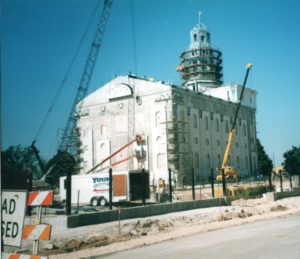
Nauvoo Temple under construction in 2001
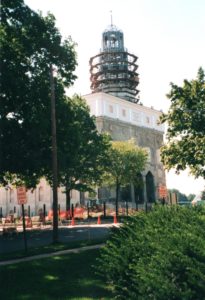
The Land Office
One of our first stops was the land office where we looked up where our ancestors had lived. We spent more time there than I expected and got quite a lot of information.
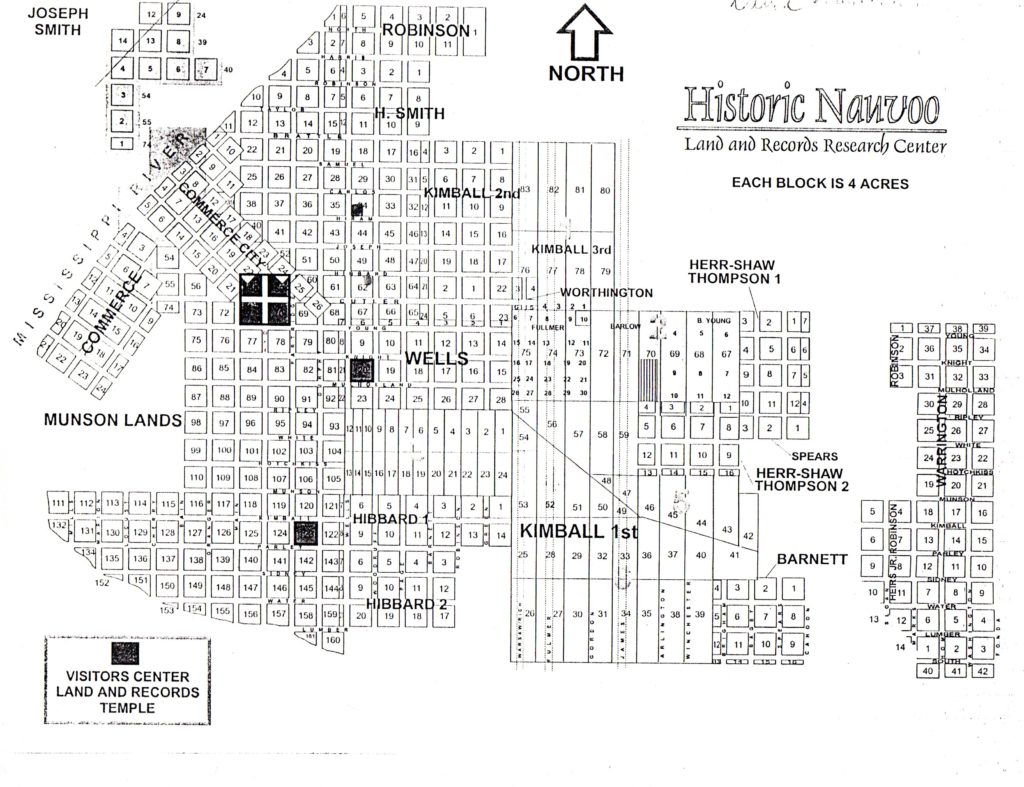
The Eggleston home on Block 62 and the Garlick home on Block 34. The Temple Block is the larger dark square in the Wells area
The Garlick home would have been a few blocks further beyond the trees in the photo below where it goes down into a gully. The Cheney family lived outside of town.
